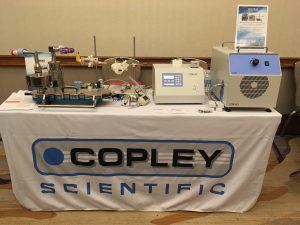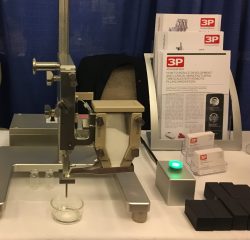At the end of the session, Lionberger, Sandell, Price, and Stein were joined by Renish Delvadia of the FDA for a panel discussion dominated by questions for the FDA. Peter Byron, who chaired the session, began by reviewing a number of differences between FDA and EMA requirements for determining BE and difficulties in determining how to meet FDA requirements, asking whether we really need PD and PK BE testing and whether OGD’s guidances are likely to enable generic DPIs and MDIs in the US.
During the discussion, Lionberger repeatedly expressed a lack of confidence in the multi-batch testing approach, though he acknowledged that a multi-batch study design “can be informative.” In response to a question about other approaches to the batch-to-batch variability issue, Lionberger avoided giving explicit answers. He suggested that companies facing a variability problem with reference drugs should meet with the FDA to discuss specific proposals for BE testing.
When Dino Farina of Proveris Scientific noted that he has observed a lot of confusion about FDA expectations and asked whether the FDA was willing to describe what constitutes a “roadmap to success,” Lionberger responded that the guidances are intended to be a roadmap to success.
Exhibition

Copley Scientific exhibited new equipment for albuterol aerosol testing

New laboratory scale powder filling system from 3P Innovation


